Mace is the vibrant red, lace-like aril (outer covering) surrounding nutmeg seeds from the Myristica fragrans tree. Unlike nutmeg, mace delivers balanced warmth with subtle citrus and pepper notes that enhance dishes without overpowering them. This often-overlooked spice solves common cooking dilemmas: it adds depth to bland béchamel without sweetness, balances tomato acidity where cinnamon fails, and rescues oversalted broths—making it a chef's secret for precision flavor control.
What Is Mace Spice? (Beginner's Definition)
Mace comes from the same fruit as nutmeg but is the thin, crimson membrane wrapped around the seed. When dried, it becomes "blades" (whole mace) or ground powder. Crucially, mace isn't just nutmeg's byproduct—it's a distinct spice with unique chemical properties. While nutmeg offers sweet warmth, mace provides nuanced, peppery complexity ideal for dishes where other warm spices dominate or clash.
Why Chefs Prefer Mace Over Nutmeg for Sauces
Mace's advantage lies in its flavor activation profile: volatile compounds release at lower temperatures (140°F/60°C) than nutmeg (185°F/85°C), integrating seamlessly into delicate sauces before bitter notes emerge. This makes it ideal for:
| Spice | Flavor Activation Temp | Ideal Culinary Application |
|---|---|---|
| Mace | 140°F (60°C) | Custards, white sauces, acidic braises |
| Nutmeg | 185°F (85°C) | Pumpkin pie, mulled wine, ricotta fillings |
| Cinnamon | 195°F (90°C) | Oatmeal, baked goods, chai |
| Allspice | 175°F (80°C) | Meat rubs, jerk seasoning, pickling brines |
3 Essential Mace Uses Every Home Cook Needs
- Fix bland béchamel: Add 1/8 tsp ground mace during roux stage—its higher oil content (12-15% vs nutmeg's 6-8%) binds with milk proteins to prevent graininess while adding complexity
- Rescue oversalted soup: Simmer one whole blade for 10 minutes—it absorbs excess sodium without adding competing flavors
- Balance tomato sauces: Use 1/8 tsp per cup to counter acidity where sugar would disrupt savory profile (unlike cinnamon which overpowers)
How to Buy and Store Mace Properly
Beginners often buy stale mace—avoid this by checking for:
- Color: Uniform amber-red blades (brown = aged)
- Aroma: Immediate citrus-pepper scent when rubbed (dusty smell = stale)
- Source: Indonesian or Grenadian mace for optimal myristicin-to-eugenol ratio
Store whole blades in vacuum-sealed containers with oxygen absorbers (lasts 5 years). Ground mace loses potency in 6 months—refrigerate after opening in tinted glass jars below 70°F (21°C).
Mace vs Nutmeg: Scientific Comparison
| Property | Mace | Nutmeg |
|---|---|---|
| Volatile Oil Content | 12-15% | 6-8% |
| Key Compound | Myristicin (lower concentration) | Myristicin (higher concentration) |
| Heat Stability | Maintains flavor up to 300°F (149°C) | Begins degrading at 250°F (121°C) |
| Yield per Nutmeg Fruit | 0.2g aril per 1g seed | 1g seed |
Avoid These 3 Common Mace Mistakes
- Adding ground mace directly to hot liquids → Bloom in cold fat first (butter/oil)
- Using equal amounts as nutmeg → Substitute 30% less mace in savory dishes
- Over-toasting whole blades → Dry-toast max 45 seconds at medium-low heat
When Mace Beats Other Warm Spices
Mace shines in applications where other spices fail:
- In custards: Prevents curdling better than nutmeg (add during egg tempering)
- With seafood: Citrus notes amplify briny sweetness without overpowering (simmer blades in fish stock)
- In poached pears: Steep with black pepper for floral heat that complements vanilla
Image Gallery: Mace in Action

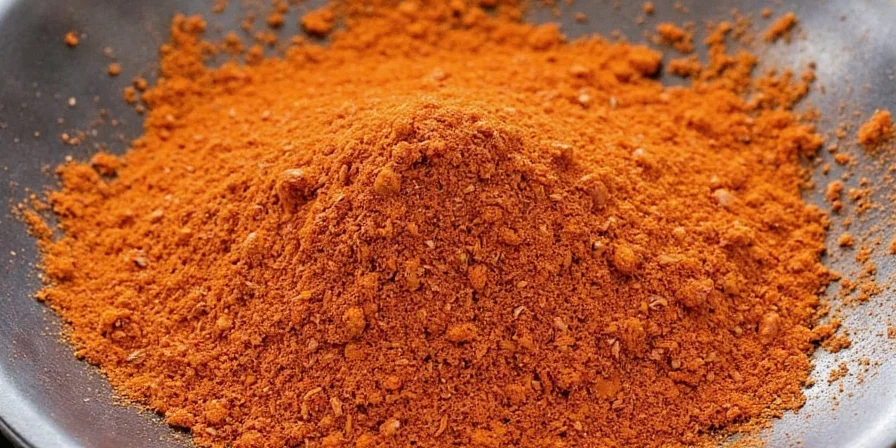
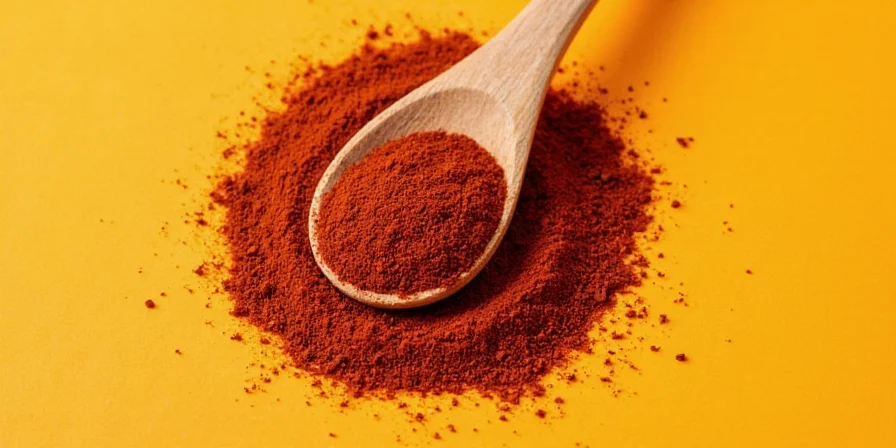
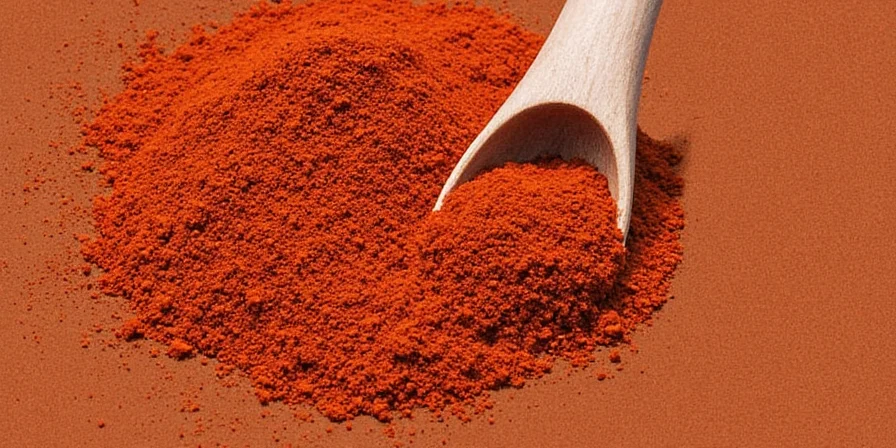
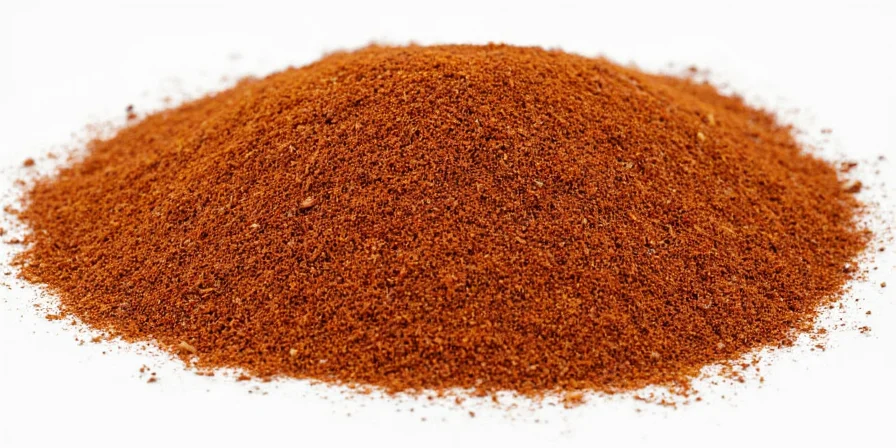
Frequently Asked Questions
What is mace spice made from?
Mace is the dried, crimson aril (lacy membrane) surrounding nutmeg seeds from the Myristica fragrans fruit. Each nutmeg seed yields just 0.2g of mace, making it rarer and more expensive than nutmeg.
Can I substitute mace for nutmeg?
Yes, but not 1:1. Use 30% less mace in savory dishes (e.g., 1/8 tsp mace for 1/4 tsp nutmeg). In béchamel, mace can replace nutmeg entirely at equal measure due to its emulsion-stabilizing properties.
Why is mace more expensive than nutmeg?
Hand-separating the delicate aril from each nutmeg seed yields only 0.2g mace per 1g seed. Mechanized harvesting damages the fragile webbing, making production labor-intensive with yields under 10% of nutmeg volume.
How to tell if mace is fresh?
Fresh mace releases immediate citrus-pepper aroma when rubbed. Perform the "crush test": rub blade between fingers—if oily residue appears, it's potent. Whole blades last 4x longer than ground (up to 5 years when vacuum-sealed).
Is mace safe for nut allergies?
Yes—nutmeg and mace come from Myristica fragrans fruit (a tropical evergreen), not tree nuts. The "nut" name refers to the seed's appearance. Safe for nut-allergic individuals unless cross-contaminated during processing.
Conclusion: Your Secret Weapon for Flavor Balance
Mace isn't nutmeg's substitute—it's a precision tool for fixing specific flavor imbalances. Its lower activation temperature, higher oil content, and balanced citrus-pepper profile solve problems other warm spices can't address. By understanding when and how to use mace (starting with béchamel and tomato sauces), home cooks gain professional-level control over dish refinement. Keep a small container of whole blades in your pantry—you'll reach for it more often than you think.

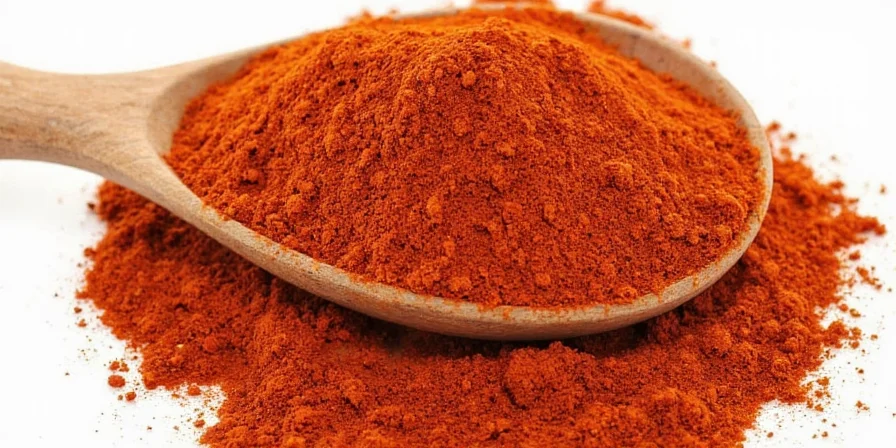









 浙公网安备
33010002000092号
浙公网安备
33010002000092号 浙B2-20120091-4
浙B2-20120091-4